Victims 7 Parents Yemelyan Slivko | Name Anatoly Slivko | |
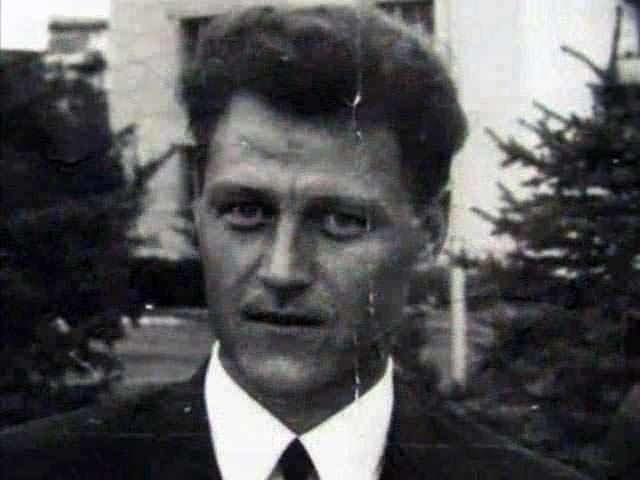 | ||
Born December 28, 1938 ( 1938-12-28 ) Cause of death Executed (Gunshot to the head) Span of killings June 2, 1964–July 23, 1985 Died 1989, Novocherkassk, Russia | ||
Criminal penalty Capital punishment Date apprehended December 28, 1985 Died September 16, 1989 (aged 50), Novocherkassk, Russian SFSR, Soviet Union Similar Valery Asratyan, Andrei Chikatilo, Boris Gusakov | ||
Serial killer file anatoly slivko seriously strange
Anatoly Yemelianovich Slivko (Russian: Анатолий Емельянович Сливко; December 28, 1938 – September 16, 1989) was a Soviet serial killer, convicted of the killing of 7 people in and around Nevinnomyssk between 1964 and 1985.
Contents

Over a two decade-long period, Slivko molested young boys at his youth club after tricking them into unconsciousness, killing some of them in an attempt to recreate the violent death of a young boy he witnessed which sexually aroused him.
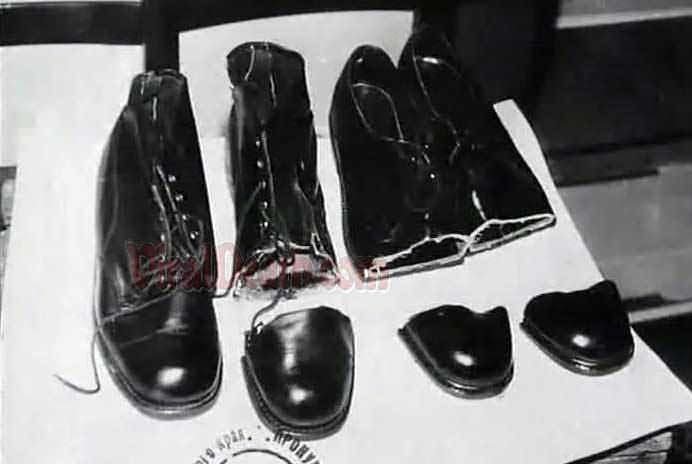
Slivko was executed by firing squad on 16 September 1989.
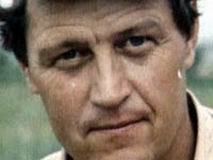
Background
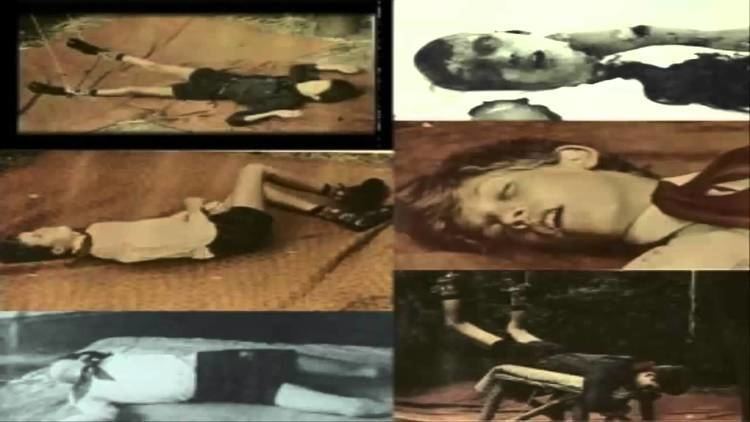
Anatoly Yemelianovich Slivko was born on 28 December, 1938, in Izerbash, Dagestan ASSR, Soviet Union. Slivko lived in Stavropol, and was a married father of two children.
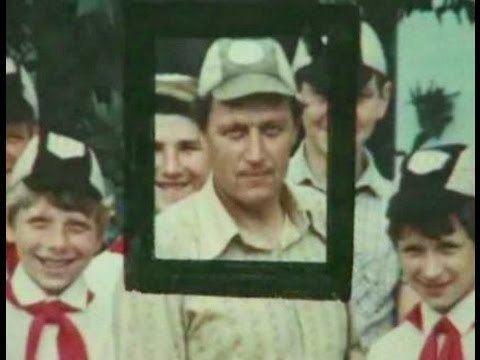
In 1961, Slivko witnessed a traffic accident in which a drunken motorcyclist had swerved into a group of pedestrians, fatally injuring a boy in his early teens who was wearing a Young Pioneers uniform. For reasons Slivko would later insist he never could explain, this scene had sexually excited him, later recalling the accident vividly: "the boy had experienced convulsions in his death throes as the smell of gasoline and fire permeated the air."
Beginning in 1963, Slivko exploited his position at the children's club he ran to relive the fantasies of this accident. Once or twice a year, he would form a close friendship with a boy, usually aged between 13 and 17. The boy would be short for his age and would be wearing the Young Pioneers uniform - just like the boy Slivko saw die in the traffic accident. Slivko would gain the boy's confidence and tell him of an experiment he knew which involved a controlled hanging into unconsciousness, to stretch the spine, after which, the boy was assured, Slivko would revive him. Prior to each boy undertaking this "experiment", Slivko would purchase a new uniform for the victim to wear and shine his shoes. In addition, to prevent vomiting, the victim was required not to eat for several hours before the experiment. Once the boy was unconscious, Slivko would strip him naked, caress and fondle him, take films in which he would arrange the body in suggestive positions, and masturbate.
Murders
Over the course of 22 years, Slivko persuaded 43 boys to take part in this "experiment", and in 36 cases Slivko revived the boys. Cautioned by Slivko into silence, the boys resumed their lives unaware of what had happened to them. However in seven cases Slivko's behavior became violent: once these victims were unconscious, he dismembered their bodies, poured gasoline on their limbs and torso, and set the remains on fire to remind himself of the traffic accident which sparked his arousal. He usually kept the victim's shoes as a memento. As with his surviving victims, Slivko both photographed and filmed the entire process. The pictures and films served as stimuli for Slivko's masturbatory fantasies for months or years until he needed fresher stimuli and killed again.
On June 2, 1964, Slivko killed his first victim, a 15-year-old runaway boy named Nikolai Dobryshev. Slivko claimed this particular victim was killed unintentionally, being unable to revive Dobryshev once he was unconscious. He dismembered the boy's body and buried him, also destroying the film and photographs he had taken of this particular victim. In May, 1965, Slivko killed his second victim, Aleksei Kovalenko. Slivko began operating a club for boys named Chergid in 1966, after his first club had been destroyed in a fire.
Eight years later, on November 14, 1973, a 15-year-old boy named Aleksander Nesmeyanov disappeared in Nevinnomyssk. Two years later, on May 11, 1975, an 11-year-old boy named Andrei Pogasyan disappeared. Pogasyan's mother told the police that a man had made some video recordings in a nearby forest and that her son was going to participate, but the police didn't do anything to prevent this because they knew Slivko and that he had won awards for some of his videos. In the winter of 1975, a prison inmate claimed he knew where Aleksander Nesmeyanov was buried, but the police searched the area and found nothing, proving the claim was false. In 1980, a 13-year-old boy named Sergei Fatsiev, who along with Nesmeyanov and Pogasyan was a member of Chergid, disappeared. The next victim was a fifteen-year-old named Vyacheslav Khovistik, who was killed in 1982.
On July 23, 1985, Slivko killed his final victim, a 13-year-old boy named Sergei Pavlov, who disappeared after telling a neighbor he was going to meet the leader of Chergid.
Arrest and execution
In November 1985, a prosecutor Tamara Languyeva (Russian: Тамара Лангуева), investigating the disappearance of Sergei Pavlov, took an interest in the Chergid club's activities. However, she had no evidence that there was anything illegal in the way the club was run. The prosecutor interrogated many boys who had been to the club, who said they had suffered “temporary amnesia”, and that Slivko had practiced many experiments with them. Following a long inquiry, Anatoly Slivko was arrested at his Stavropol home in December 1985. He would later be formally accused of seven murders, seven counts of sexual abuse, and seven counts of necrophilia. In January and February 1986, Slivko led investigators to the whereabouts of the bodies of six of his victims, although he was unable to locate the body of his first victim. In June 1986, he was sentenced to death. He was held on death row in Novocherkassk prison for three years.
In 1989, he was asked by the police to help arrest a then-unidentified serial killer in of the Rostov Oblast who had a killed a minimum of 29 victims at the time. Although Slivko did provide some insight into how offenders such as himself were able to function, much of the actual advice he provided to police would prove to be erroneous. The then-unidentified serial killer, Andrei Chikatilo, was arrested in 1990 and would be convicted of killing 52 women and children.
On September 16, 1989, just hours after he was interviewed by the police, Anatoly Slivko was executed by firing squad.
